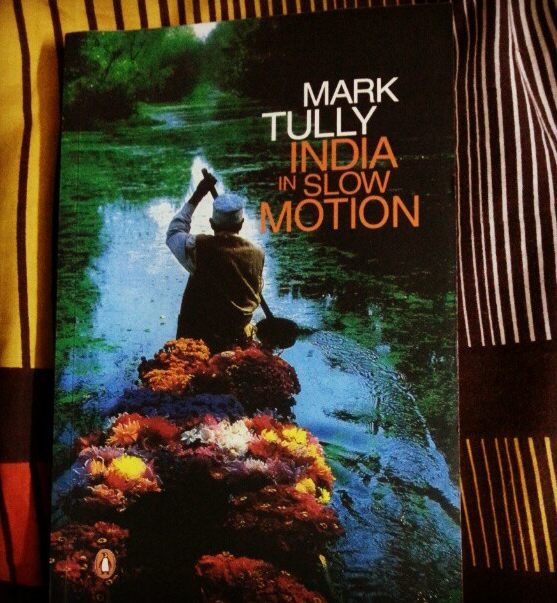Mark Tully, Gillian Wright
A book written a decade back, and yet, it is still relevant because as the cliche goes ‘the more things change, the more they remain the same’. India has changed in many ways, and yet remains the same in many other ways, and that’s exactly the theme of this book too. Mark Tully and Gillian Wright have tried to study the various forces that keep India ticking at its unique speed – forces that accelerate and forces that pull it back. Through 10 unique scenarios they have attempted to not just unravel the fundamentals, but even taken a shot at the nuances that define the ‘Indian experience’.
The book begins on a day that has left an indelible mark on modern India’s psyche and society – 6th December 1992 – the Babri Masjid demolition. The first chapter is about the rise of Hindutva, the role of the BJP, VHP, RSS etc and perspectives of the common people who reside in Ayodhya and the nuances in their approach to religion and gods. The second chapter shifts the premise to carpet making, child labour, and the machinations of organisations, including NGOs to achieve the moral high ground even at the cost of truth.
The next chapter brings in to focus another key episode in India’s recent political timeline – the Tehelka tapes against the BJP government, and perspectives right from the horse’ mouth – the man who actually carried out the sting operation. From there, the scene shifts to Goa. I enjoyed this as it gave me a lot of information about Goa’s history especially in the context of its religion – its origins and influence on society. Chapter 5 is about the revamping of Hyderabad as per Chandrababu Naidu’s plan, and while the author does cite him in the conclusion for his focus on governance, on hindsight, the politics didn’t really work out. This is a stark look at how the bureaucracy can really play spoilsport.
Sufism is always an interesting subject and this chapter takes a look at the Tablighis, Hazrat Nizamuddin and old Delhi and the wise insights of Maulana Wahiduddin. Another favourite this one was. The next chapter is about a chronic problem in recent times – farmer suicides. The authors do a good job of studying the problem from various angles and citing the good work done by a few people in Karnataka.
‘A Tale of Two Brothers’ would have to be my favourite – featuring VP Singh and his relatively less famous brother Sant Bux Singh. This one also has a personal connection with the authors as the latter was a friend. This is as much a story of politics as it is about human relationships, and covers a larger timeframe in terms of narrative. Gujarat – Saurashtra specifically – is the scene for the next chapter and deals with water scarcity and the efforts made by ingenious local minds and the mostly non-efforts by the government.
What story of India can be complete without Kashmir? This is another excellent job done in giving a full array of perspectives from various concerned parties (excluding the militants of course) and providing great insight on why Kashmir is in its current state.
In their conclusion, the authors have suggested solutions too, but it’s probably in India’s nature to solve its problems in its own unique way! A great read because of the relatively objective view that is not prescriptive or condemning but mostly empathetic.

